Limpia
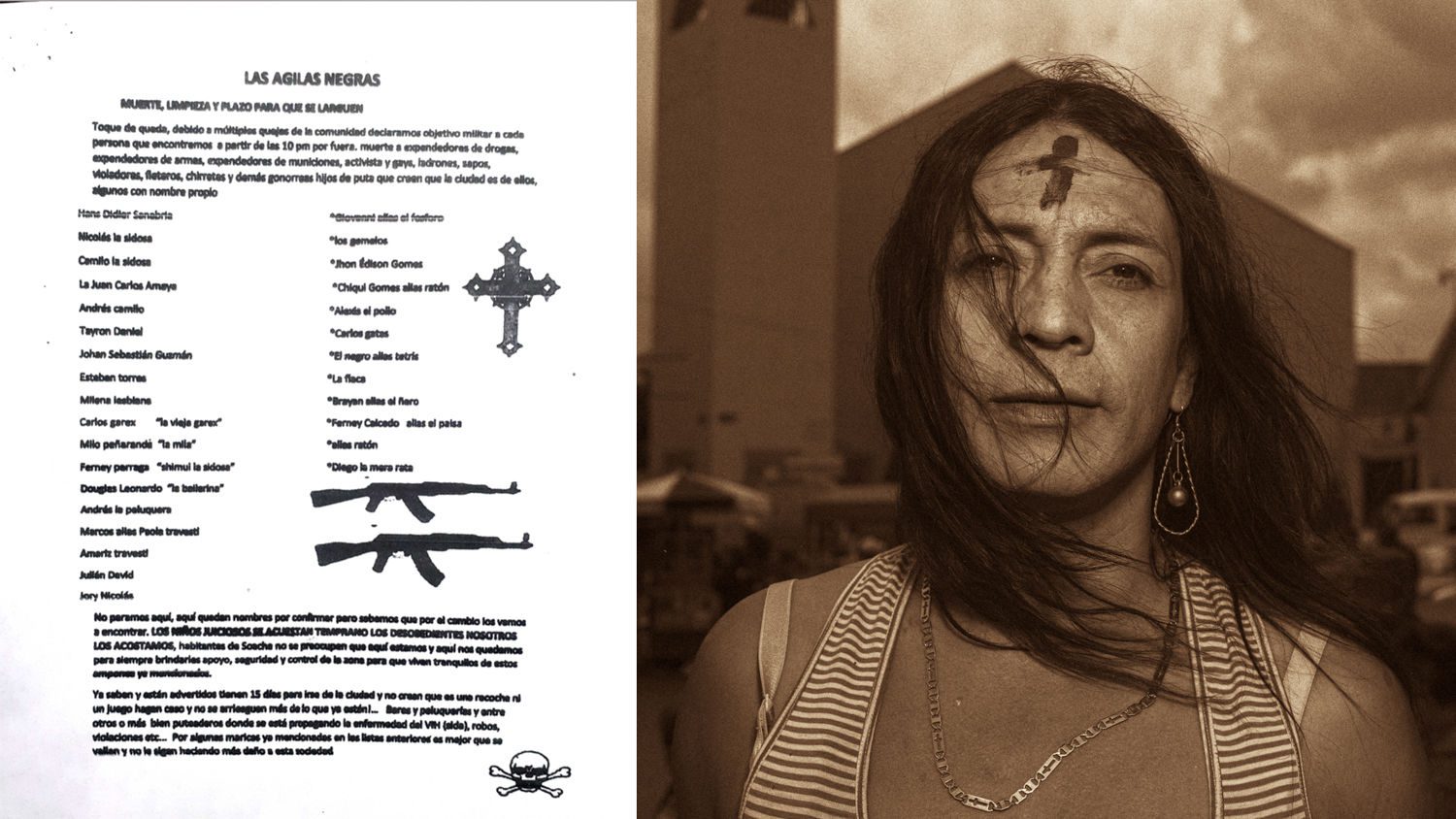
This pamphlet announces the social cleansing campaign that threatens LGBTI people in Soacha. Paola, during Ash Wednesday. In her youth she was a victim of sexual violence perpetrated by paramilitaries and one of the many named in the pamphlet.
Elk jaar worden duizenden Colombianen selectief vermoord en verdreven in zogenaamde sociale zuivering campagnes. Pamfletten met reclame voor “La Mano Negra” (De Zwarte Hand) nemen de openbare ruimte in de armste buurten van het land in beslag.
Elk jaar worden duizenden Colombianen selectief vermoord en verdreven in zogenaamde sociale zuivering campagnes. Pamfletten met reclame voor “La Mano Negra” (De Zwarte Hand) nemen de openbare ruimte in de armste buurten van het land in beslag. Deze moorden worden vaak gepleegd door buren, onder auspiciën van neo-paramilitaire bendes, en met de medeweten en zelfs deelname van de lokale politie, en worden gezien als noodzakelijke procedures om de orde te handhaven op plaatsen waar de officiële rechtspraak niet doordringt.
Druggebruikers, bepaalde criminelen, LHBTQIA+ personen en vooral trans vrouwen zijn de voornaamste doelwitten van deze campagnes. Zij die reeds als immoreel of marginaal worden beschouwd en genegeerd door de instanties die officieel voor hun veiligheid zorgen. Limpia nodigt uit tot een beschouwing over sociale zuivering, niet vanuit het perspectief van het geweld van degenen die het hebben gepleegd, maar via degenen die ermee worden geconfronteerd en zich ertegen verzetten. Het project volgt een groep trans vrouwen die, geconfronteerd met de officiële en onofficiële ontzegging van hun leven, in de magie een houvast zoeken om zich te beschermen en een manier om hun eigen identiteit te bekrachtigen.
De multimediale serie bevindt zich op het snijvlak van fotojournalistiek, antropologie en artistieke representatie, waarbij de magie die deze vrouwen oproepen, hun krachten en de werelden die ze oproepen, belicht. Purgare ensceneert het pad van transformatie dat deze zelfbenoemde heksen afleggen door middel van de manipulatie van planten, gecombineerd met andere natuurlijke en paranormale krachten, in een poging krachtige en blijvende verbindingen te smeden tussen mensen en alternatieve werelden.
LIMPIA verbeeldt zich tussen disciplines en kennis in een poging om de grenzen te verleggen van de verhalen die traditioneel over geweld worden geproduceerd. Het bouwt een platform waar degenen die strijden tegen structureel geweld elkaar kunnen ontmoeten om nieuwe voorstellingen van zichzelf te maken en samen nieuwe beelden te creëren van krachten en mogelijkheden.
Over de fotograaf
Carlos Saavedra is een Colombiaanse documentaire fotograaf met een interesse in het vertellen van genuanceerde verhalen die niet in het binaire passen, waarbij hij de manier verwerp waarop de traditionele fotojournalistiek zijn deel van de wereld heeft willen laten zien. Als Colombiaan is hij sinds zijn geboorte getuige geweest van oorlog, en daarom is hij het niet eens met het overheersen van één verhaal en het idee dat er een formele geschiedschrijving zou moeten zijn. Hij geloof dat fotografie en kunst een middel zijn om verschillende realiteiten te laten zien die niet worden opgelegd door de media of de westerse blik. Kunst geeft ons de kans om verschillende verhalen te creëren, om ze ons eigen te maken, en vooral om tegengeluiden te creëren die diegenen kracht geven die vaak ongehoord blijven.
Carlos Saavedra is geboren in 1987 en heeft een Master in Documentaire Fotografie en Fotojournalistiek gedaan aan de LCC (London College of Communications). In zijn werk ligt de nadruk op de verschillende stadia van het menselijk wezen, geweld, trauma en de Colombiaanse realiteit. Zijn werk was te zien bij tentoonstellingen in New York, Los Angeles, Londen, Washington, Mexico City, Parijs, Bogota en Dhaka. Carlos Saavedra was geselecteerd voor de Ian Parry Fellowship, voor de New York Times Portfolio Review (2015 en 2020), de Eddie Adams Workshop in 2015 en was finalist voor de National Geographic Photo of the Year in 2012. Hij heeft lezingen gegeven bij Conarte in Mexico, aan de Universidad de los Andes in Bogotá, Colombia, op het hoofdkantoor van de Verenigde Naties in New York voor de Commission on the Status of Women (CSW) en onlangs aan het University College of London.
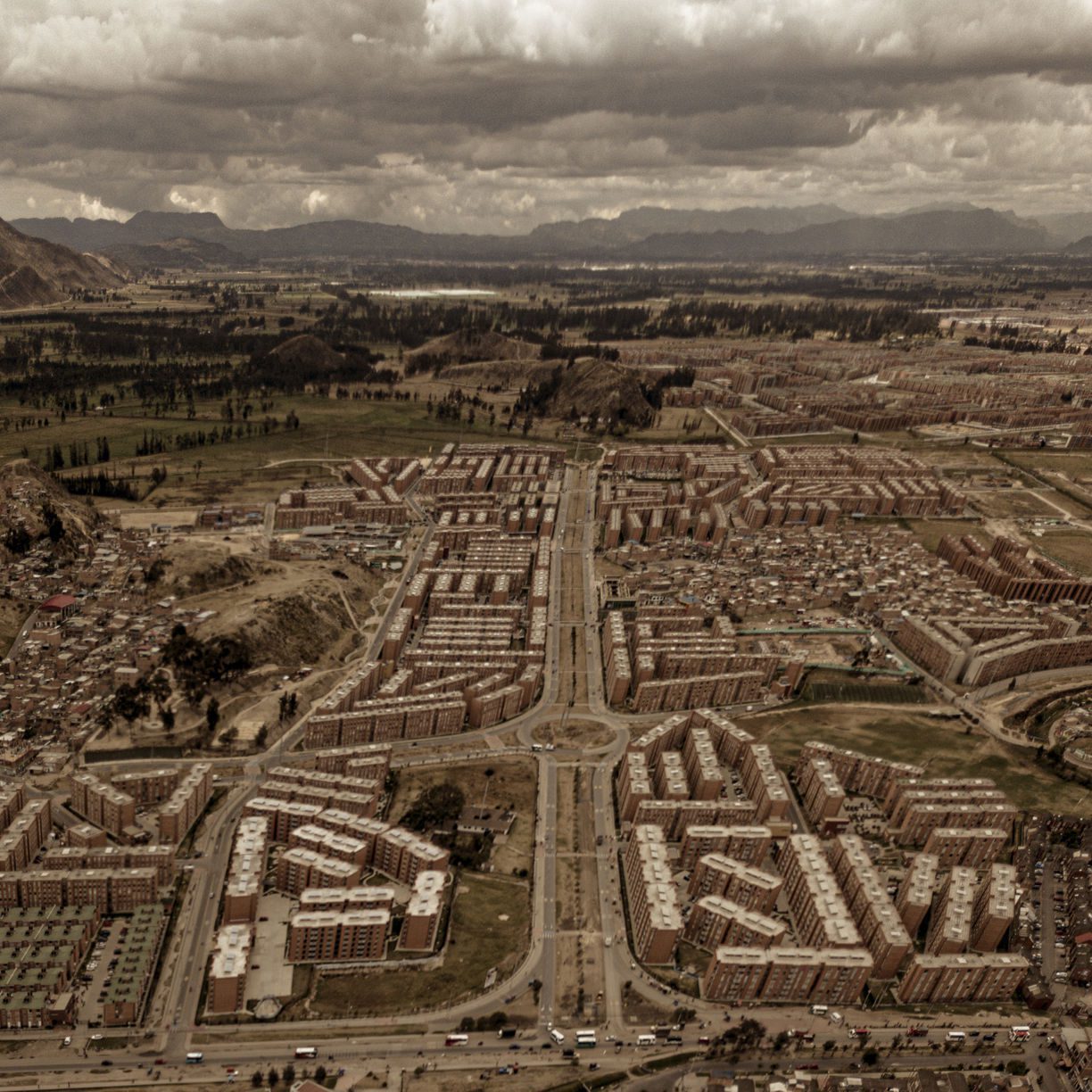
Soacha, south of Bogotá, is famous as a site of violence: the False Positives, the assassination of presidential candidate Luis Carlos Galán, the thousands of families who, displaced by the war, have sought refuge in its hills. However, it also offers countless stories of resistance.

The páramo has been a battlefield, sacred land, a resource of life, and a ritualistic stage.
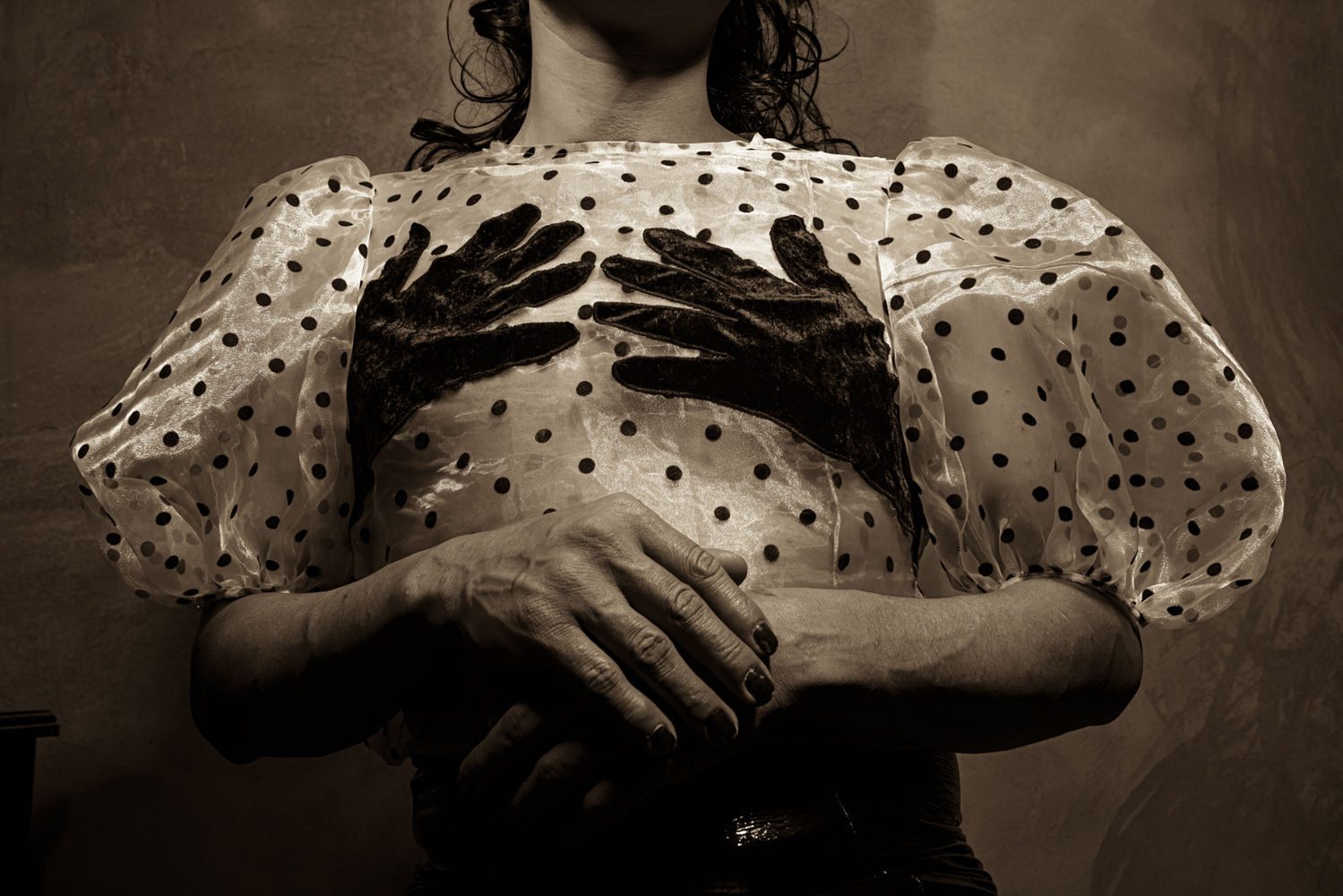
These women confront the Black Hand, seeking new homes, and generating emerging forms of protection and recognition.
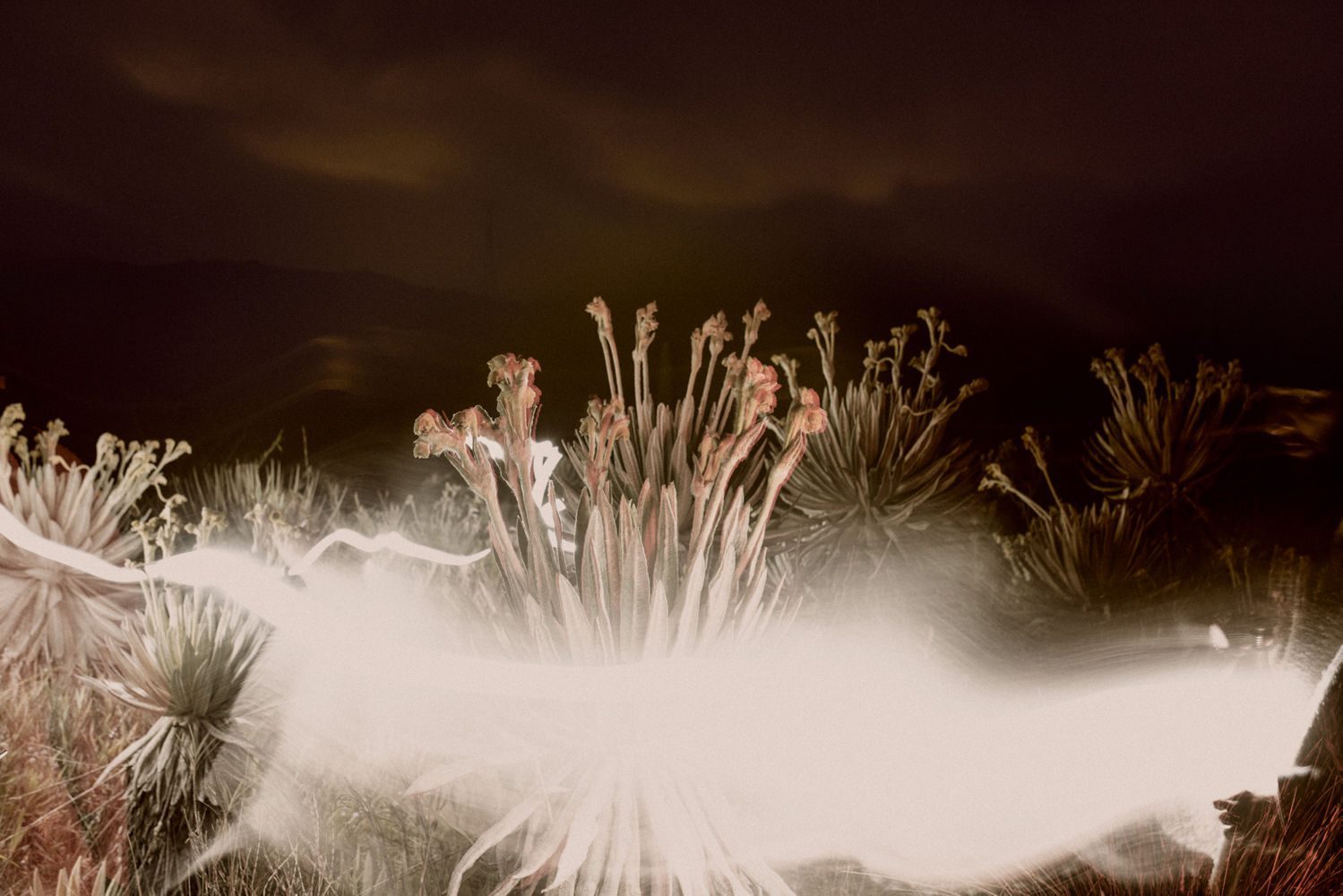
Purgare stages the manipulation of plants and the communion with other natural and paranormal forces.

The project elevates difference, nature, and aesthetics as vehicles of liberation in the face of a violence that is both quotidian and spectacular.
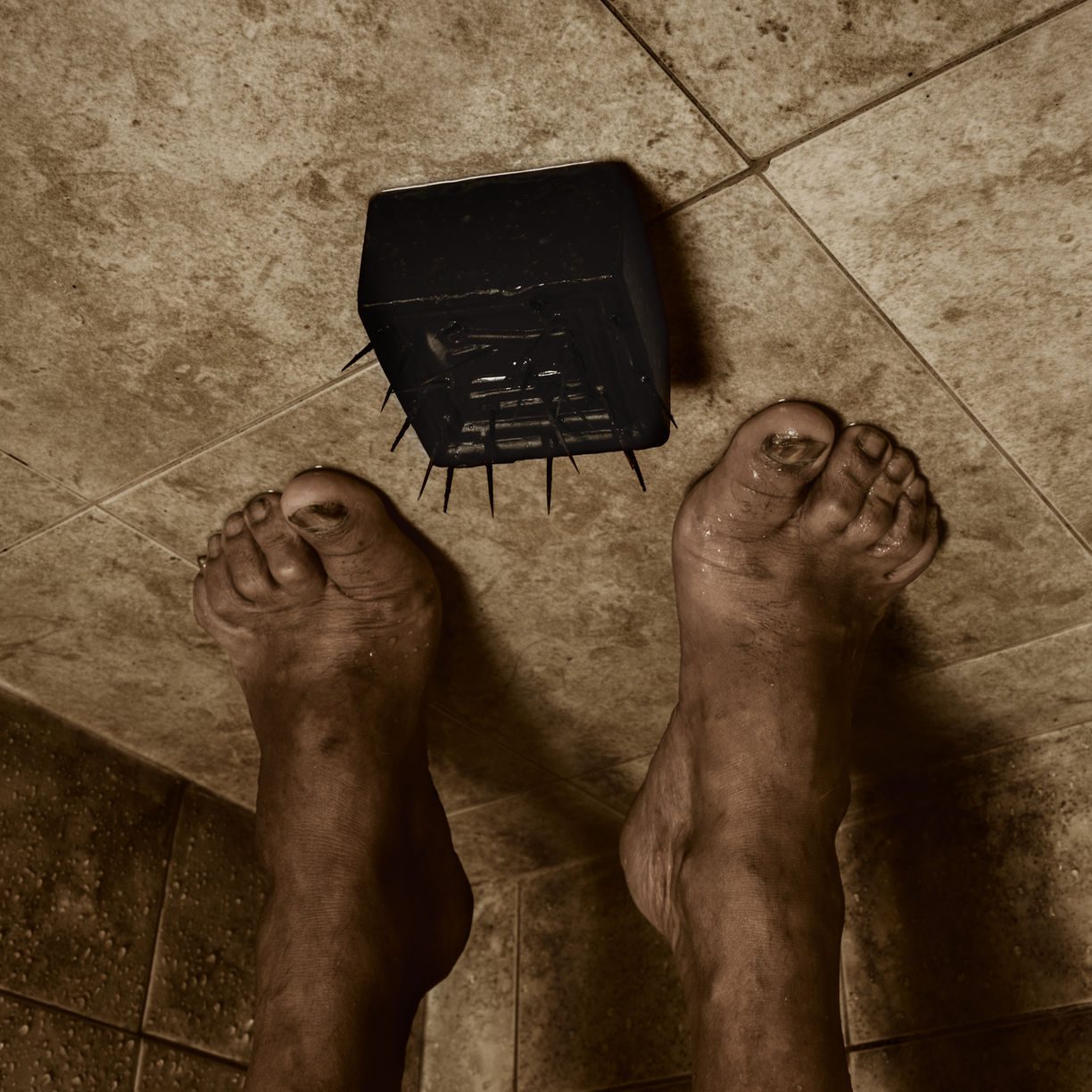
King Soap, or Jabón rey, ubiquitous and cheap, is also used in spiritual cleansing rituals.
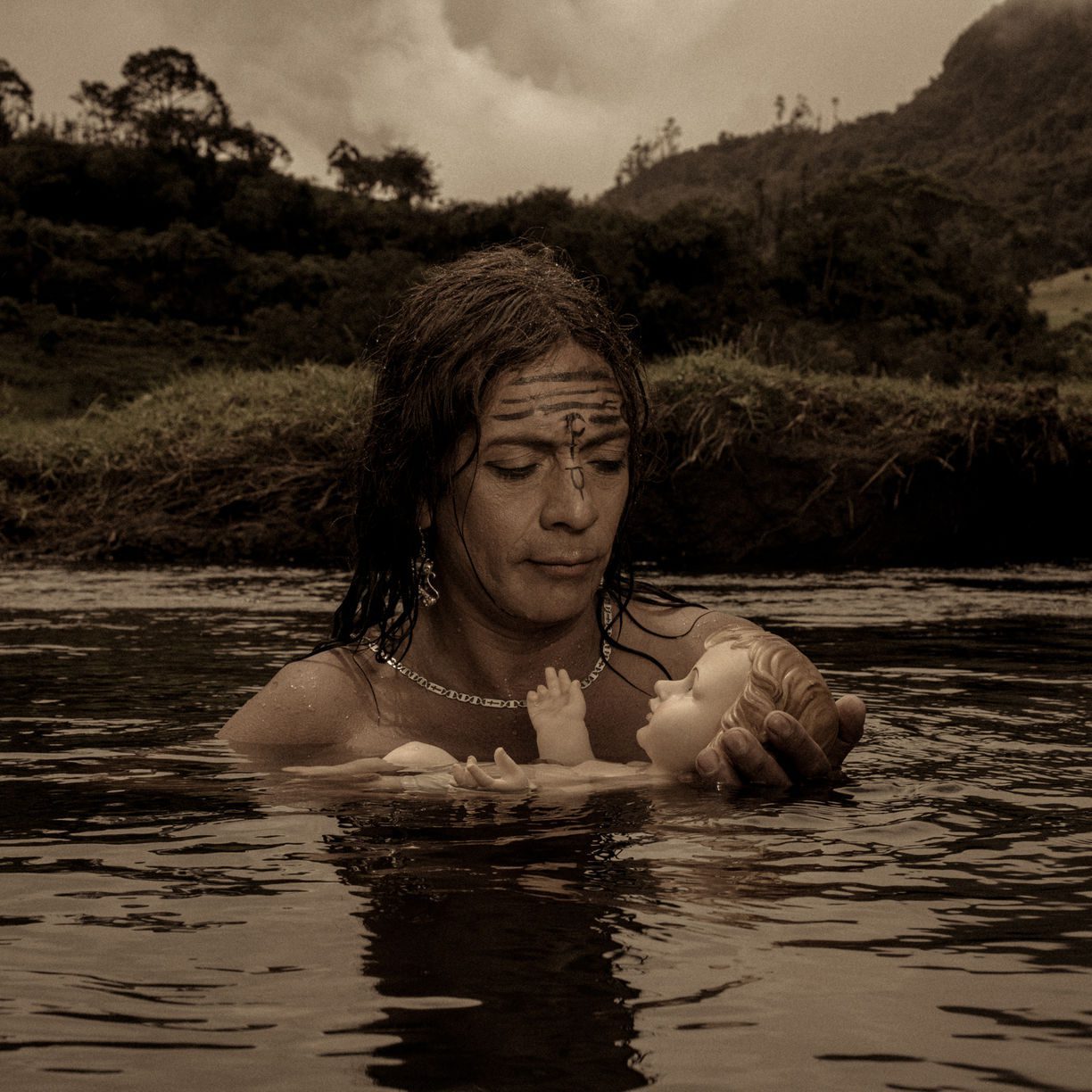
The project celebrates the creativity of syncretism, using Christian and worldly symbols to forge communities that emerge from precariousness.

Traditional markets in Colombia often feature medicinal and esoteric plants. Sometimes they are exclusively dedicated to them.
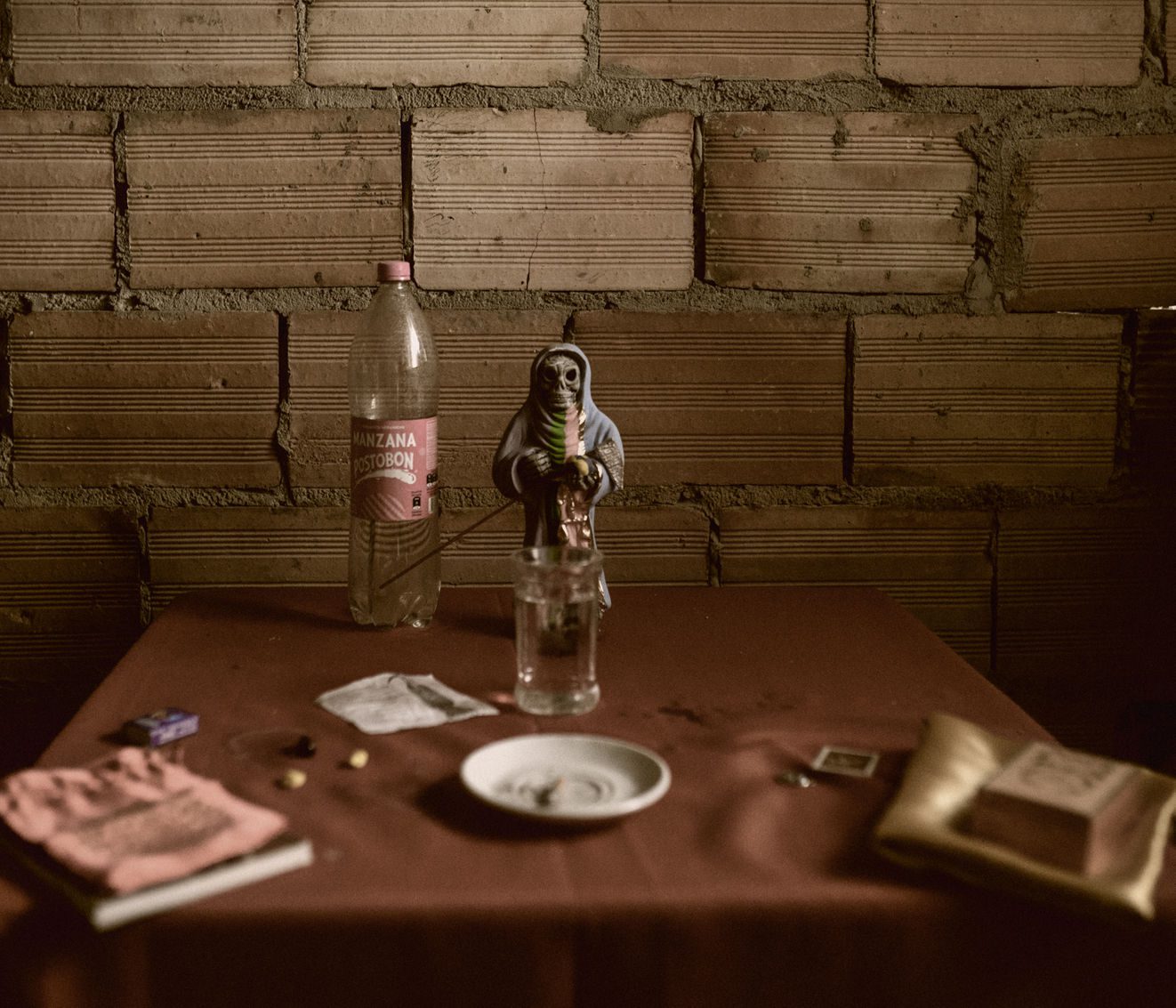
The home altars stage the various traditions that the self-styled witches conjure and mobilize.

The body, always in transformation, offers both the stage for struggle and the possibility of redemption.

Aloe is particularly cherished for its medicinal and esoteric properties.
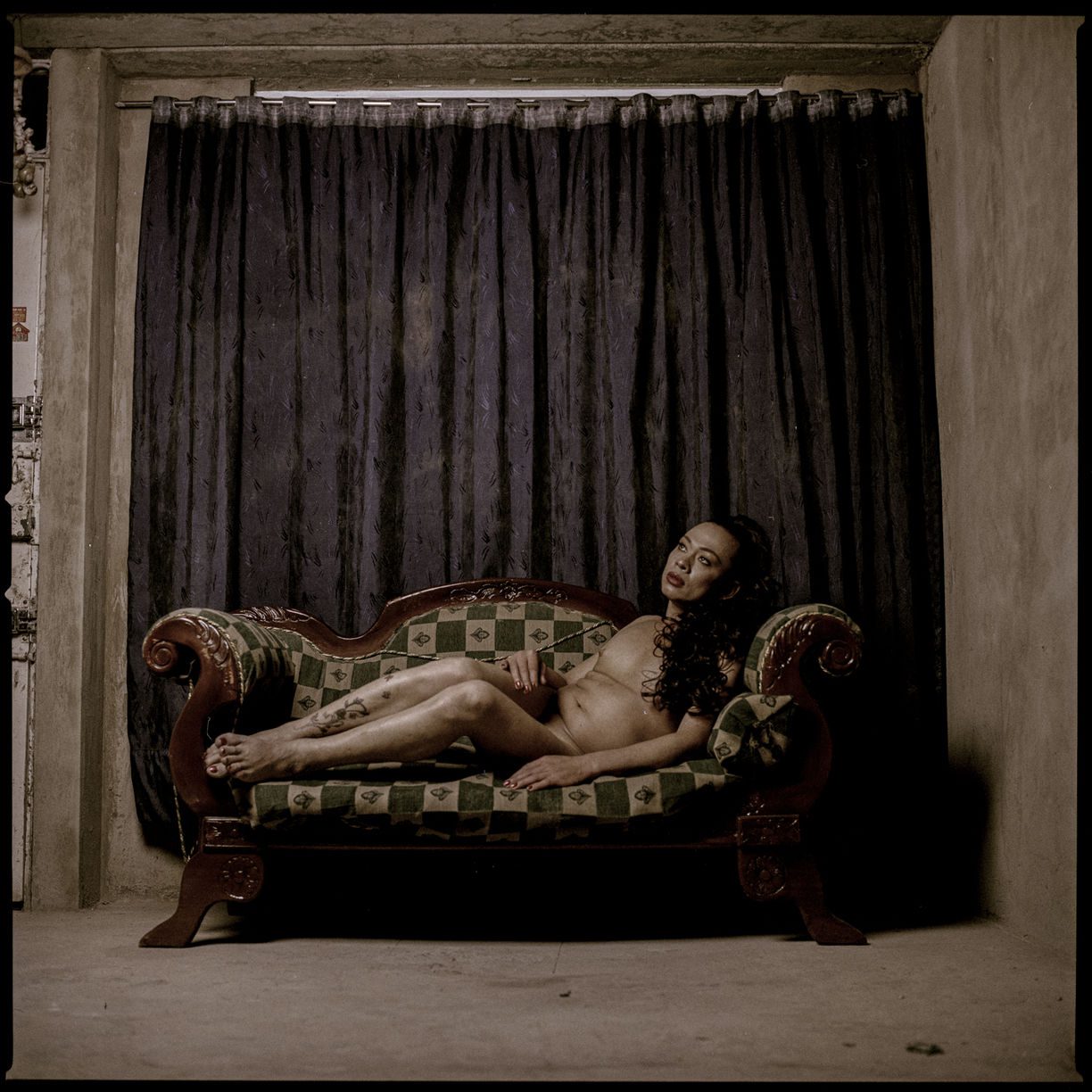
This is a visual myth that confronts social, political, and historical violence, and creates spaces for intimate liberation and community transformation.

“There are hermaphroditic goddesses – male and female at the same time – and they were not defined by any sexuality. That’s why we’re connected to magic.” Paola.
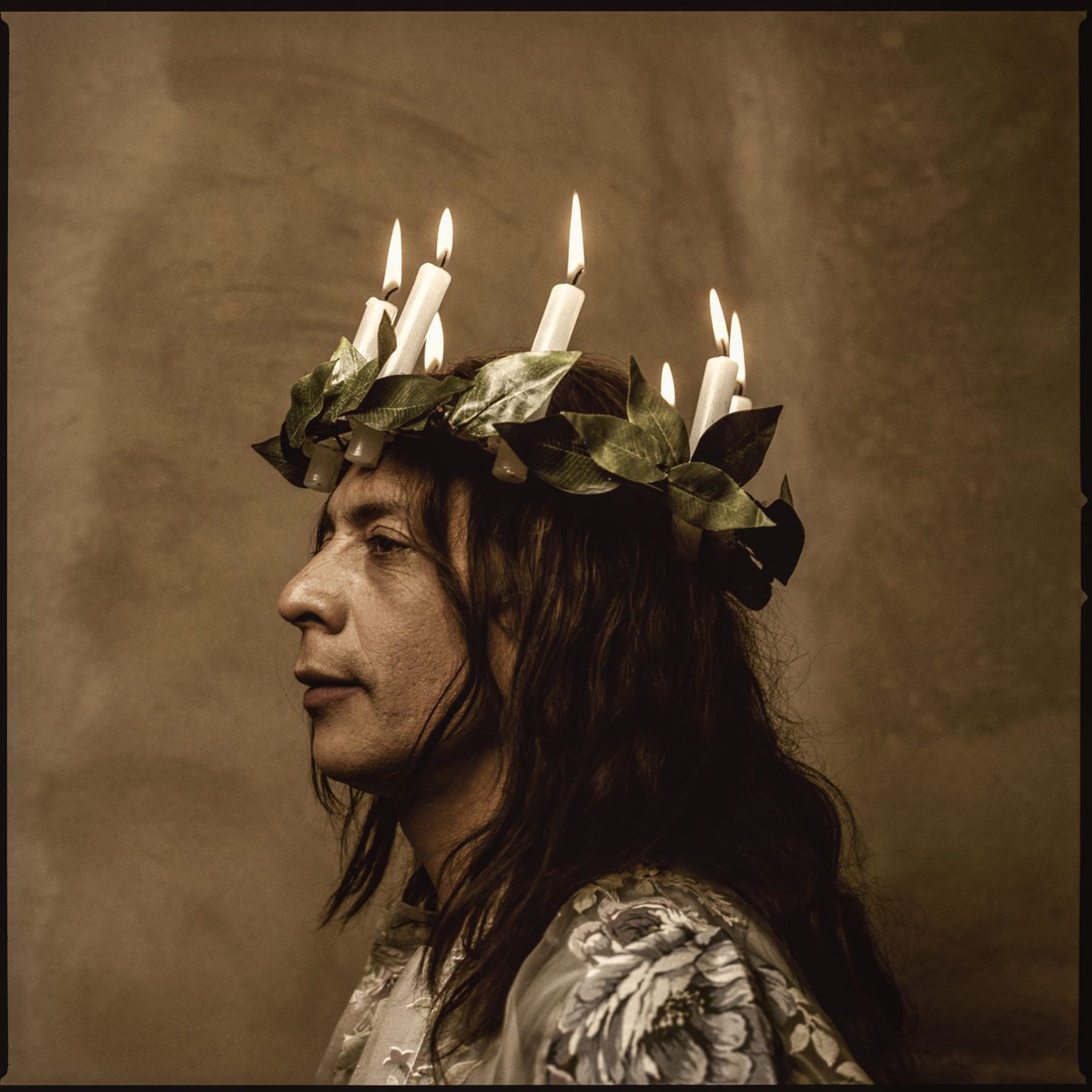
Paola fights for the rights of the trans community in Colombia using traditional political activism and spiritual cleansing.
Every year, thousands of Colombians are selectively killed and displaced in so-called social cleansing campaigns. Pamphlets advertising “La Mano Negra” (The Black Hand) occupy public spaces in the country’s poorest neighbourhoods. These murders are often perpetrated by neighbours, under the auspices of neo-paramilitary gangs, and with the knowledge and even participation of the local police, and are seen as necessary procedures to maintain order in places where official justice does not reach.
Drug users, certain criminals, LGBTQIA+ persons and especially trans women are the main targets of these campaigns. Those who are already considered immoral or marginal are ignored by the agencies that officially provide for their safety. Limpia invites a reflection on social cleansing, not from the perspective of the violence of those who committed it, but through those who face and resist it. The project follows a group of trans women who, faced with the official and unofficial denial of their lives, look to magic for a way to protect themselves and a way to affirm their own identity.
The multimedia series is at the intersection of photojournalism, anthropology and artistic representation, highlighting the magic these women evoke, their powers and the worlds they inhabit. Purgare stages the path of transformation that these self-proclaimed witches travel through the manipulation of plants, combined with other natural and paranormal powers, in an attempt to forge powerful and lasting connections between people and alternative worlds.
Limpia moves between disciplines and knowledge in an attempt to push the boundaries of the stories traditionally produced about violence. It builds a platform where those fighting against structural violence can meet to create new representations of themselves and together create new images of forces and possibilities.
About the photographer
Carlos Saavedra is a Colombian documentary photographer with an interest in telling nuanced stories that do not sit in the binary, rejecting the way traditional photojournalism has tried to show his part of the world. As a Colombian, he has been a witness to war since birth, and therefore disagrees with the predominance of one story and the idea that there should be a formal historiography. He believes that photography and art are a means to show different realities that are not imposed by the media or the Western gaze. Art gives us the chance to create different stories, to make them our own and, above all, to create dissent that empowers those who often go unheard.
Carlos Saavedra was born in 1987 and has a Masters in Documentary Photography and Photojournalism from LCC (London College of Communications). His work focuses on the different stages of the human being, violence, trauma and the Colombian reality. His work has been shown in exhibitions in New York, Los Angeles, London, Washington, Mexico City, Paris, Bogota and Dhaka. Carlos Saavedra was selected for the Ian Parry Fellowship, for the New York Times Portfolio Review (2015 and 2020), the Eddie Adams Workshop in 2015 and was a finalist for the National Geographic Photo of the Year in 2012. He has lectured at Conarte in Mexico, at the Universidad de los Andes in Bogotá, Colombia, at the United Nations Headquarters in New York for the Commission on the Status of Women (CSW) and most recently at University College of London.
